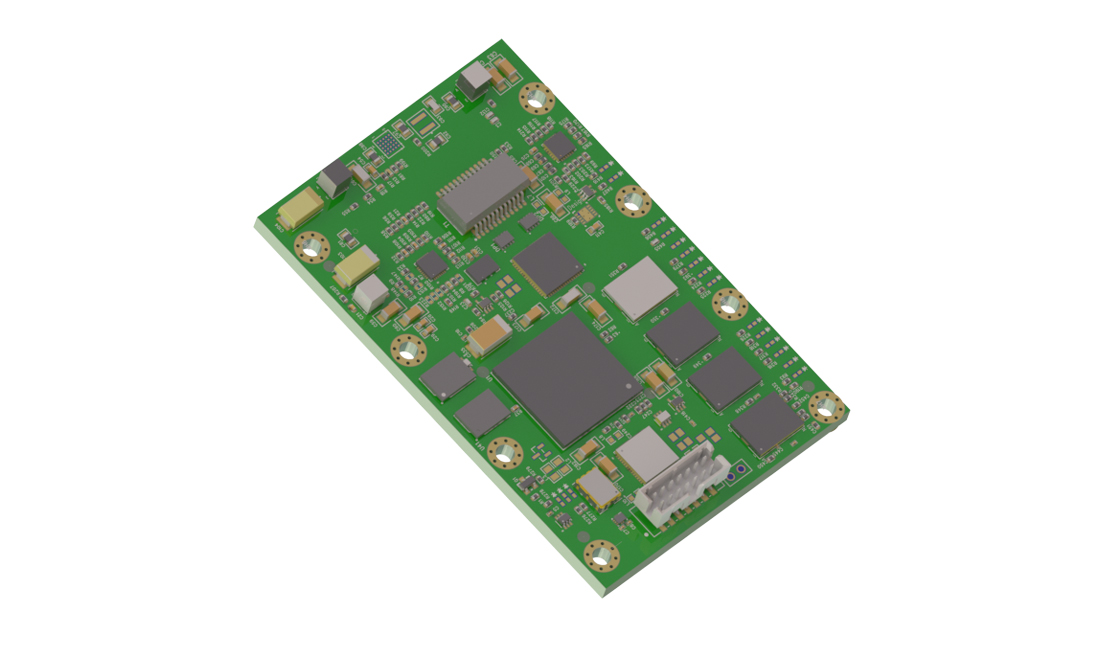Boeing [NYSE: BA] announced the successful on-orbit handover of the first of six Wideband Global SATCOM (WGS) satellites to the U.S. Air Force. The satellite will be monitored and controlled by the Air Force’s 3rd Space Operations Squadron at Schriever Air Force Base, Colo.
WGS-1 is the U.S. Department of Defense’s highest capacity communications satellite, offering a quantum leap in communications bandwidth for airmen, soldiers, sailors and Marines. The second and third WGS Block I satellites are scheduled for launch in 2008. The six-satellite WGS system will augment and eventually replace the Defense Satellite Communications System constellation and reduce the U.S. government’s reliance on commercial satellite communications services.
“This first WGS satellite is meeting all performance requirements and is exceeding key requirements in ways that will be extremely beneficial to the warfighter,” said Craig Cooning, vice president and acting general manager of Boeing Space and Intelligence Systems. “On Dec. 21, 2007, the Air Force exercised the option for a sixth WGS spacecraft, underscoring the importance of the capabilities these satellites provide to the U.S. and its allies. The follow-on contract also reaffirmed the confidence our customer has in our ability to deliver complex systems that fully meet mission requirements.”
The satellite has a 25 percent power margin in its downlink beams, which can be used to provide additional communications capacity. It also has a 50 percent margin in its propulsion capability, which could provide up to seven additional years of mission life over the baseline requirement.
“WGS-1 represents the first step in our transformational satellite communications journey,” said Brig. Gen. Susan Mashiko, commander of the Military Satellite Communications Systems Wing at the Air Force’s Space and Missile Systems Center in Los Angeles. “Launching the first WGS has effectively doubled the bandwidth available to warfighters from U.S. government satellites, which means the people in the field who need that vital information will get it much faster, providing a critical advantage in today’s battlefield environment.”
Boeing’s satellite control team, with Air Force support, controlled the satellite from the time its first signals were acquired shortly after launch on Oct. 10, 2007 aboard an Atlas V rocket through the execution of all required orbital maneuvers and checkout procedures from Boeing’s Mission Control Center in El Segundo, Calif. These efforts concluded with the Air Force accepting the satellite today.
A unit of The Boeing Company, Boeing Integrated Defense Systems is one of the world’s largest space and defense businesses specializing in innovative and capabilities-driven customer solutions. Headquartered in St. Louis, Boeing Integrated Defense Systems is a $32.4 billion business with 72,000 employees worldwide.






